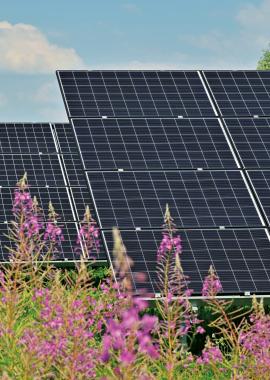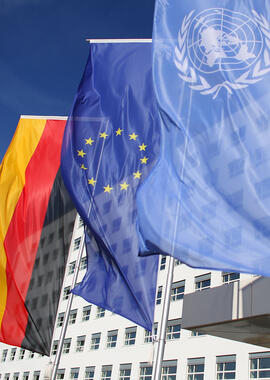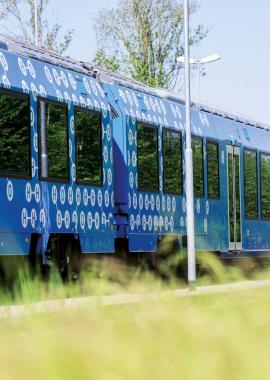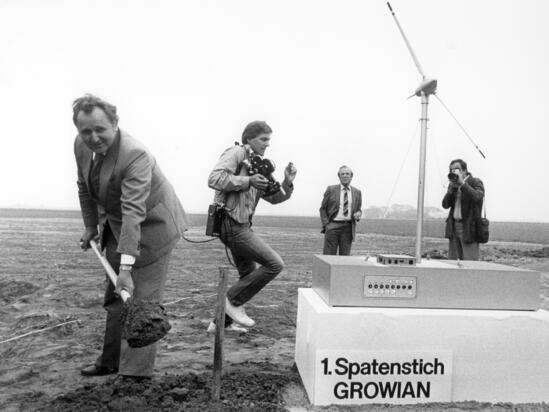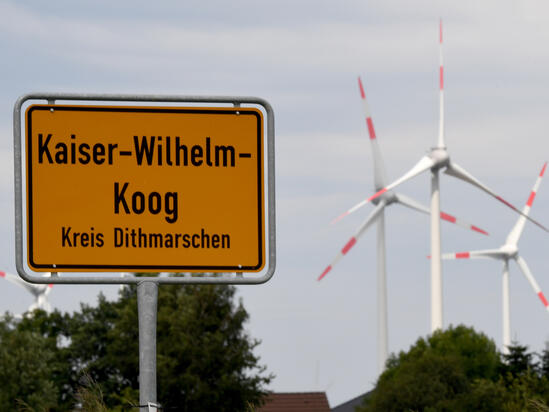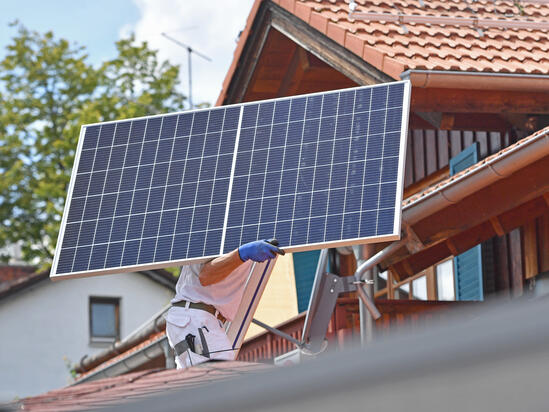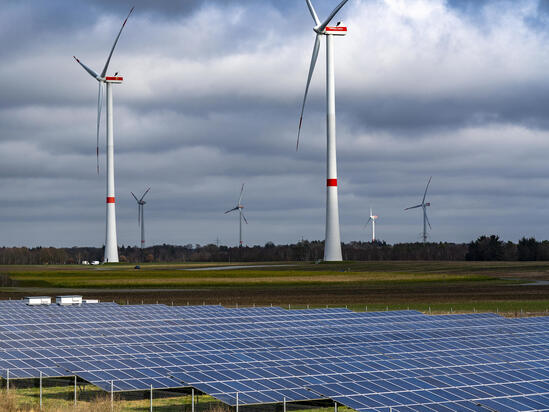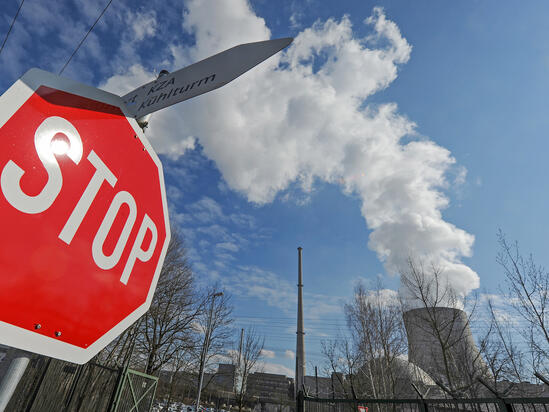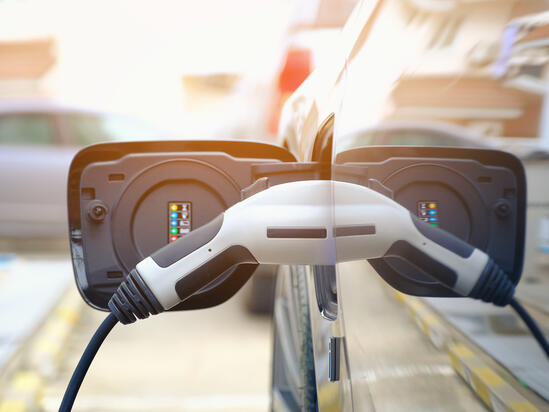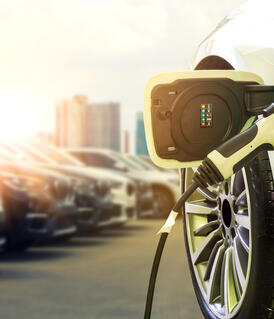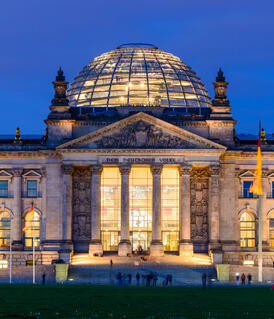Climate and energy
Climate action is a top priority in Germany. The Federal Government aims to be a driving force in the energy transformation both at home and abroad, supporting the expansion of renewable energy sources.
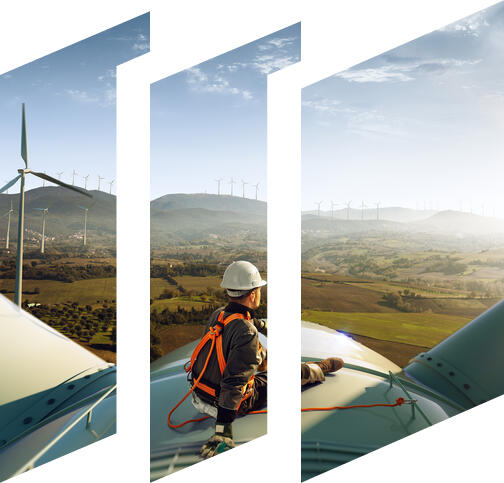
Overview
Stopping climate change
The next few years will decide whether or not the global community succeeds in bringing global warming to a halt. To this end, Germany has developed an ambitious climate protection plan and is also collaborating closely with other countries on the issue of climate protection.
Clear climate action goals
Germany aims to become a climate-neutral industrial nation by 2045.
By 2030 Germany aims to reduce greenhouse gas emissions by 65% compared to 1990.
By 2040 Germany aims to make at least 88% reductions and achieve greenhouse gasneutrality by 2045.
Facts and figures
© dpa
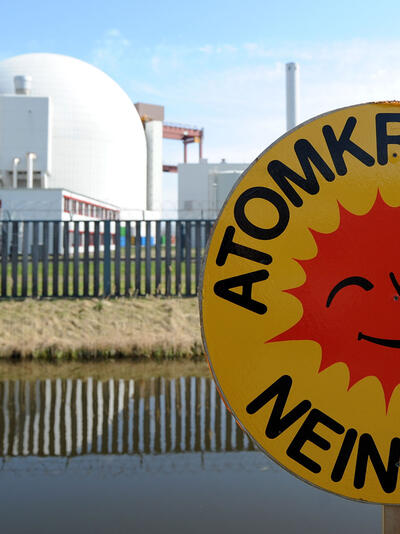
Nuclear withdraw took place in 2023.
In 2000, the German government decided to withdraw from nuclear power.
65 % reduction in greenhouse gas emissions
By 2030, Germany aims to have cut greenhouse gas emissions by 65 % on the level of 1990.
3.4 million photovoltaic systems
In April 2024, these plants generated a nameplate capacity of 81,500 megawatts.
© iStockphoto

30 % less primary energy consumption
By 2030, primary energy consumption in Germany is expected to have fallen by 30 % on 2008 levels.
© stock.adobe.com/peopleimages.com
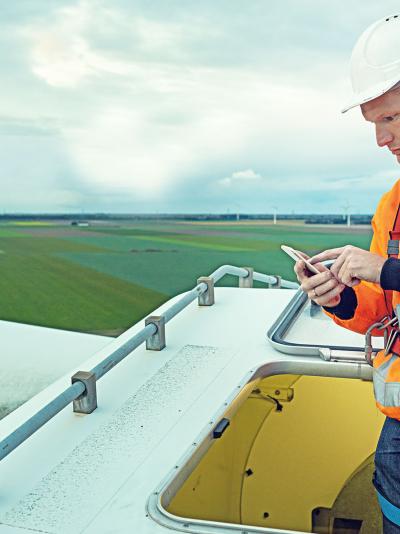
387,700 jobs in the renewable energies sector
Between 2000 and 2022, the number of “green jobs” more than tripled.

